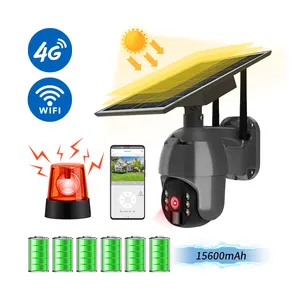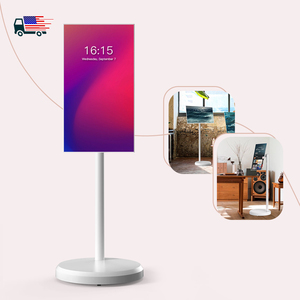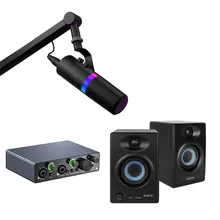Alibaba.com showcases a diverse range of solar-powered televisions, catering to various business needs and preferences. Among the offerings, one can find DC solar televisions in sizes ranging from compact 17 inches to more expansive 43 inches, suitable for different viewing environments. These televisions are designed to operate on 12V DC power, making them an ideal choice for areas with limited access to conventional electricity sources.
The selection includes models that are not only LED-based but also come with smart features, integrating Android systems for enhanced functionality. This allows users to enjoy a variety of applications and streaming services, similar to traditional smart TVs, but with the added benefit of solar power compatibility. Some units feature tempered glass, ensuring durability and longevity.
For businesses looking for eco-friendly options, the solar TV range on Alibaba.com includes units with low power consumption, some as low as 15W. This feature is particularly beneficial for reducing energy usage and supporting sustainability initiatives. Additionally, the platform offers solar televisions that can directly connect to a battery, providing flexibility in power sources and usage scenarios.
The variety extends to full high-definition (FHD) options, offering clear and vibrant picture quality. These FHD solar TVs come in sizes such as 32 inches, providing a rich viewing experience. With the ability to run on solar power systems, these televisions are not only energy-efficient but also versatile, capable of being used in a range of settings, from residential to remote commercial locations.











































 浙公网安备 33010002000092号
浙公网安备 33010002000092号 浙B2-20120091-4
浙B2-20120091-4